| Structure | Name/CAS No. | Articles |
|---|---|---|
 |
Sodium hydroxide
CAS:1310-73-2 |
|
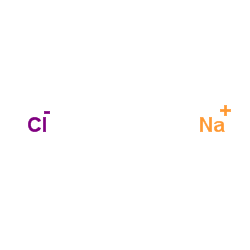 |
sodium chloride
CAS:7647-14-5 |
|
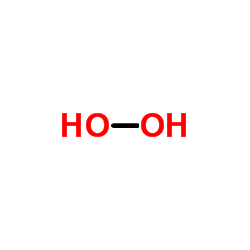 |
Hydrogen peroxide
CAS:7722-84-1 |
|
 |
Methanol
CAS:67-56-1 |
|
 |
3-Ethyl-2,4-pentanedione
CAS:1540-34-7 |
|
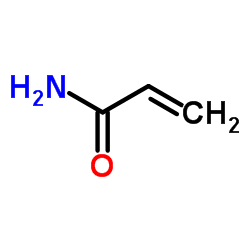 |
Acrylamide Crystals
CAS:79-06-1 |
|
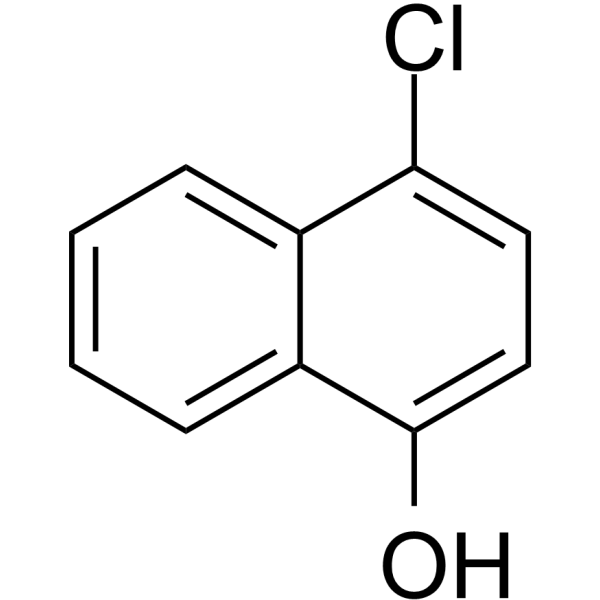 |
4-Chloronaphthalen-1-ol
CAS:604-44-4 |
|
 |
SODIUM CHLORIDE-35 CL
CAS:20510-55-8 |
|
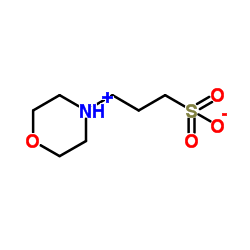 |
MOPS
CAS:1132-61-2 |
|
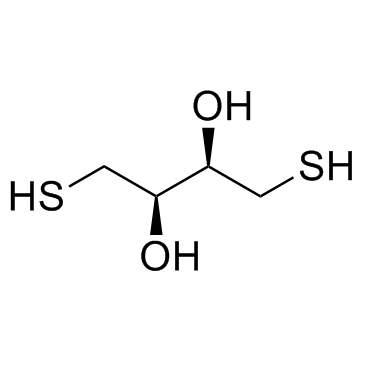 |
DL-Dithiothreitol
CAS:3483-12-3 |